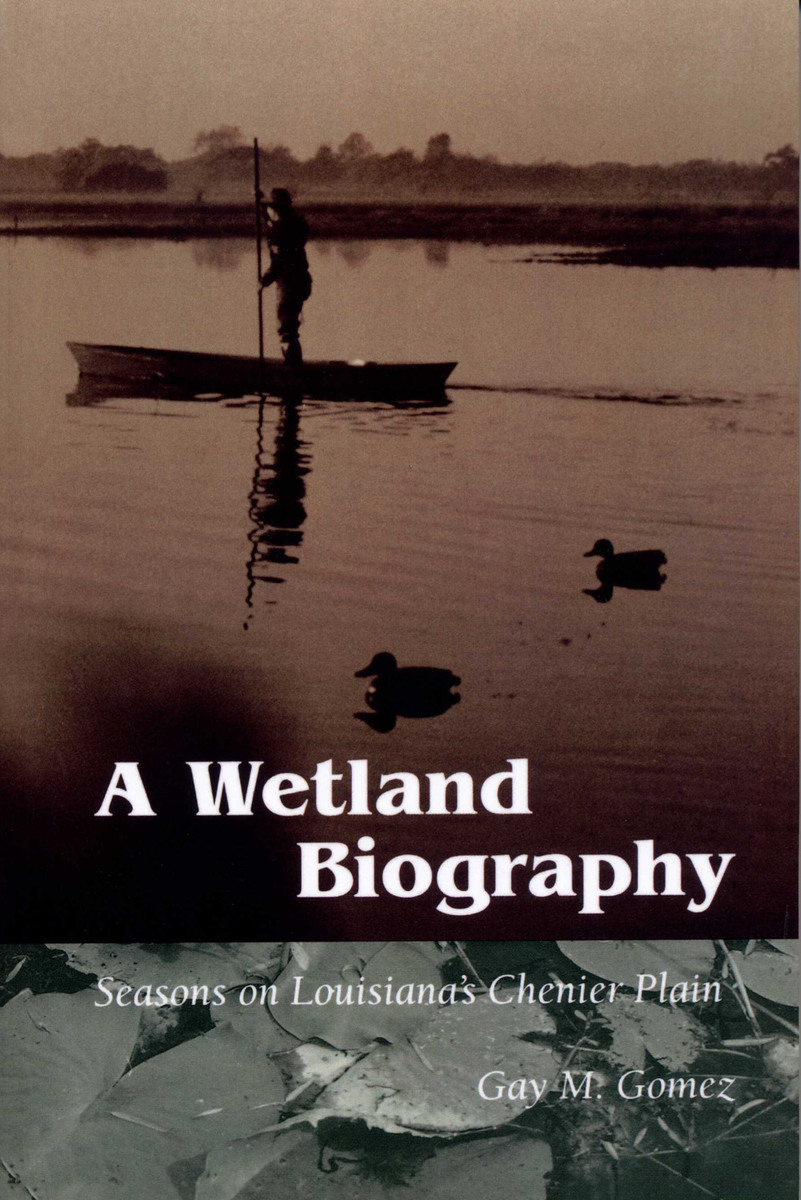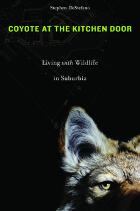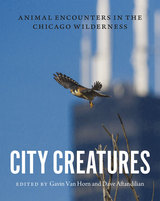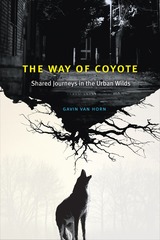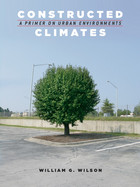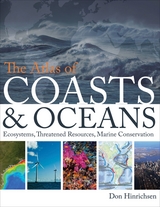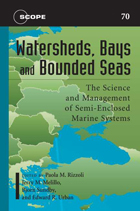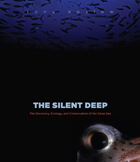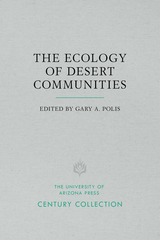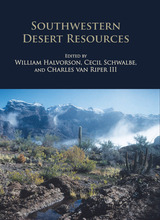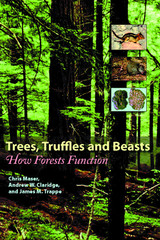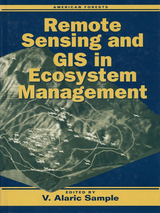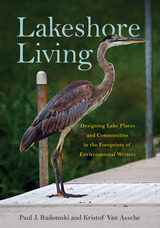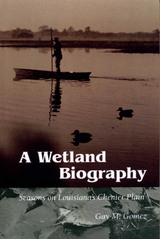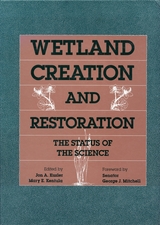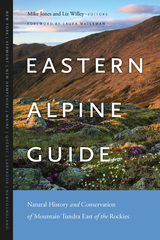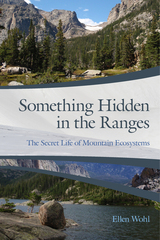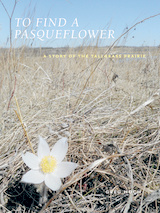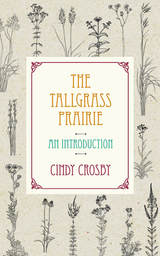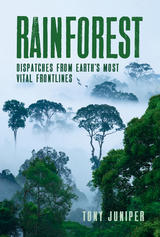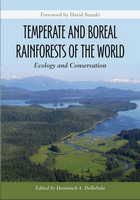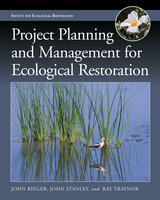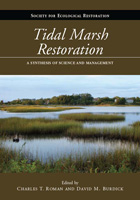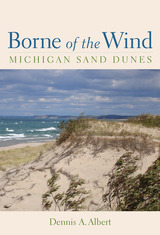Cloth: 978-0-292-72811-0 | Paper: 978-0-292-72812-7 | eISBN: 978-0-292-78893-0 (ePub) | eISBN: 978-0-292-76143-8 (PDF)
Library of Congress Classification QH541.5.M3G65 1998
Dewey Decimal Classification 577.680976351
Louisiana's Chenier Plain is a 2,200-square-mile region of marshes and oak-covered ridges (cheniers) that stretches along the Gulf of Mexico from Sabine Lake to Vermilion Bay. Its inhabitants, some 6,000 people of Cajun and other ancestries, retain strong economic and cultural ties to the land and its teeming wildlife. They call it paradise...but it is a vulnerable paradise. In this multifaceted study, Gay Gomez explores the interaction of the land, people, and wildlife of the Chenier Plain, revealing both the uniqueness of the region and the challenges it faces.
After describing the geography and history of the Chenier Plain, Gomez turns to the lifeways of its people. Drawing on their words and stories, she tells how the chenier dwellers combine modern occupations with traditional pursuits such as alligator and waterfowl hunting, fur trapping, and fishing. She shows how these traditions of wildlife use provide both economic incentives for conservation and a source of personal and place identity. This portrait of a "working wetland" reveals how wildlife use and appreciation can give rise to a stewardship that balances biological, economic, and cultural concerns in species and habitat protection.
See other books on: Environmental Conservation & Protection | Louisiana | Seasons | Wetland conservation | Wetland ecology
See other titles from University of Texas Press
